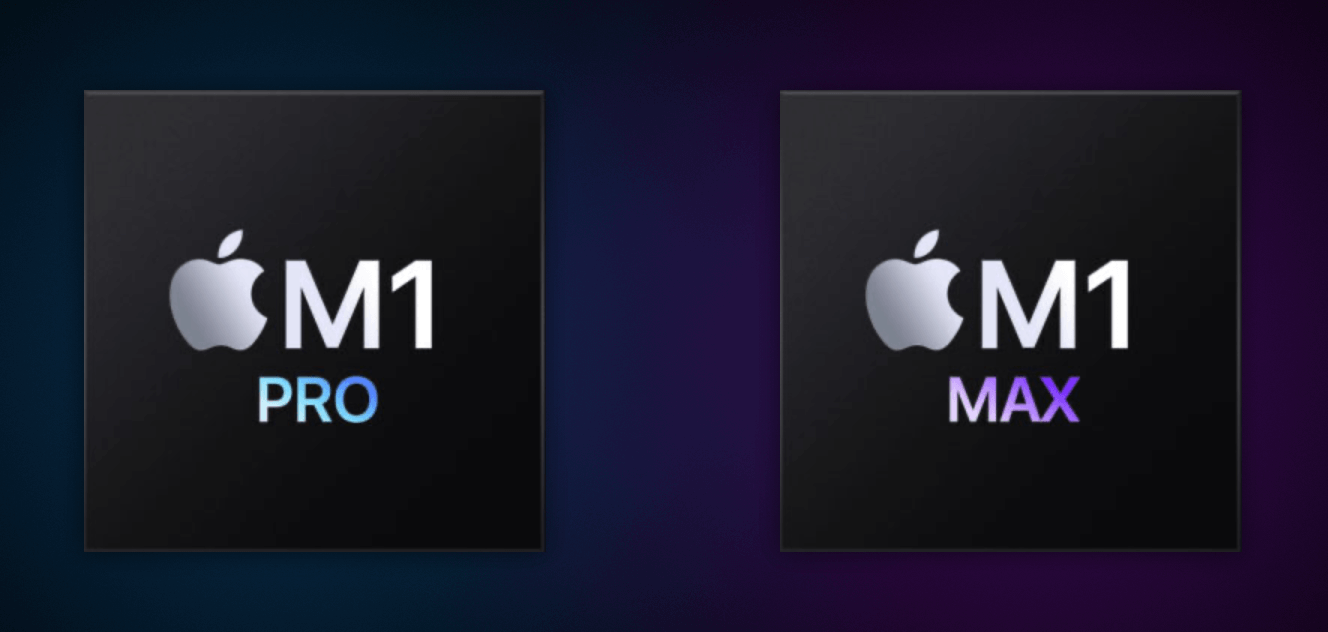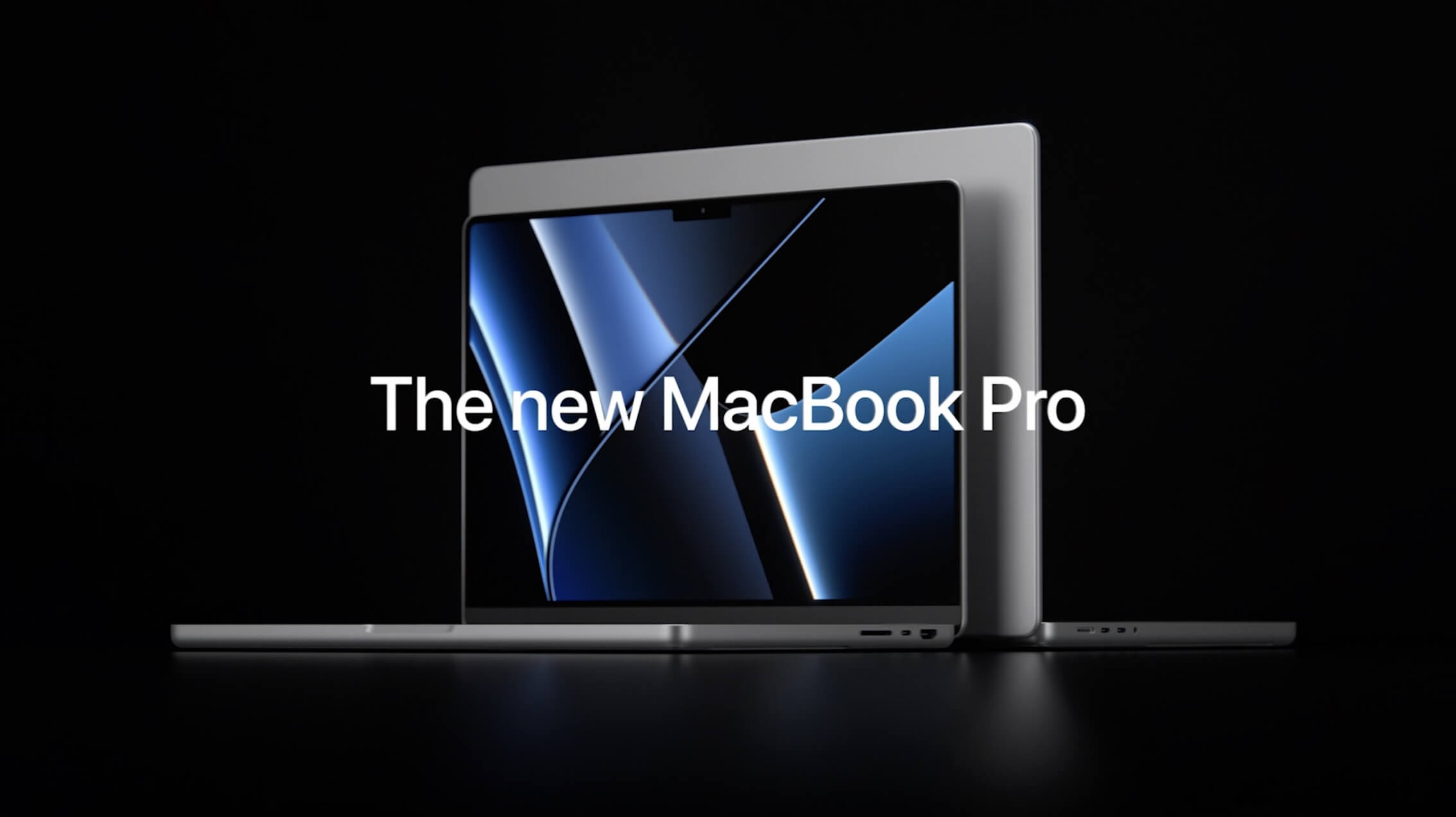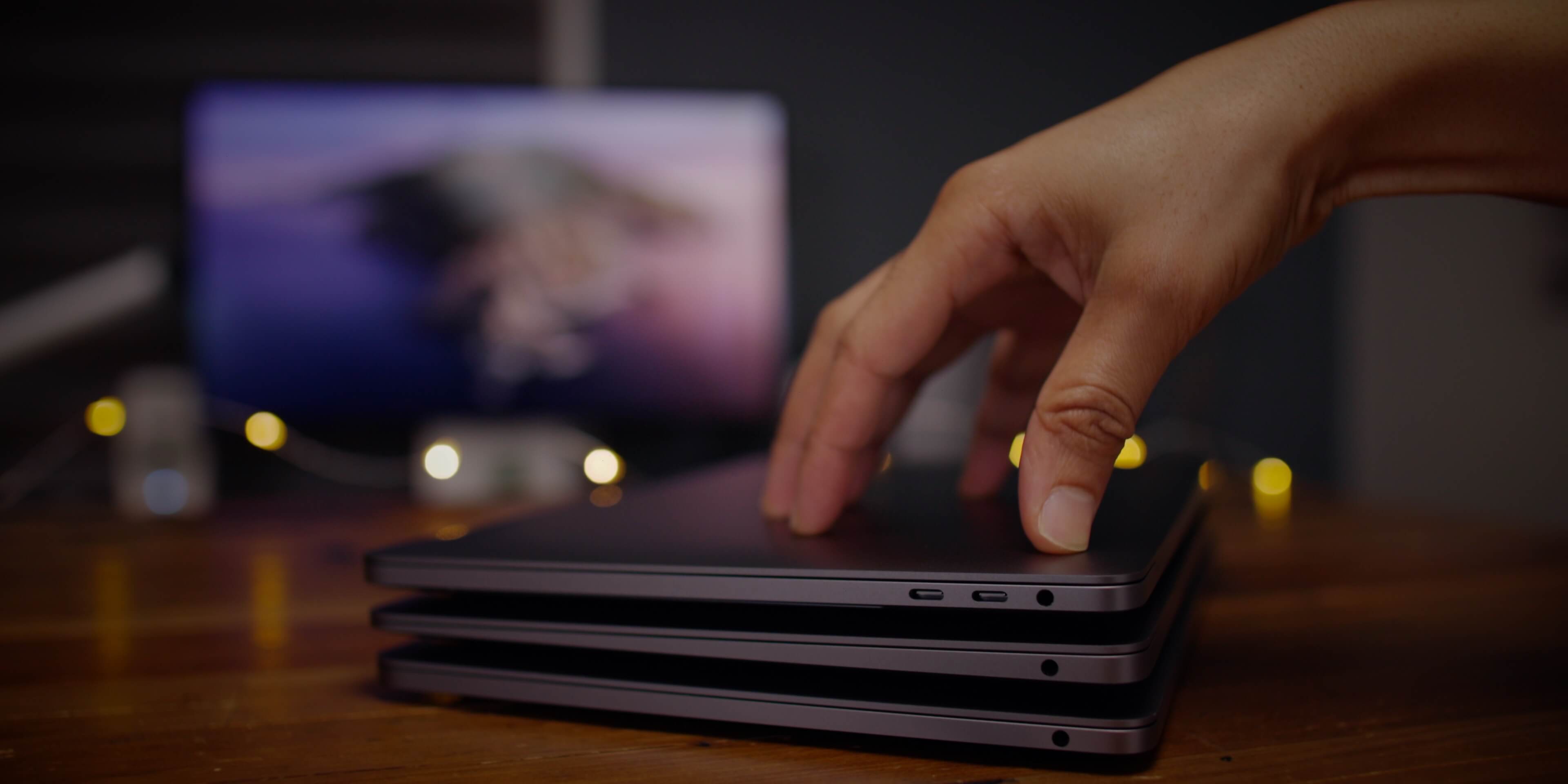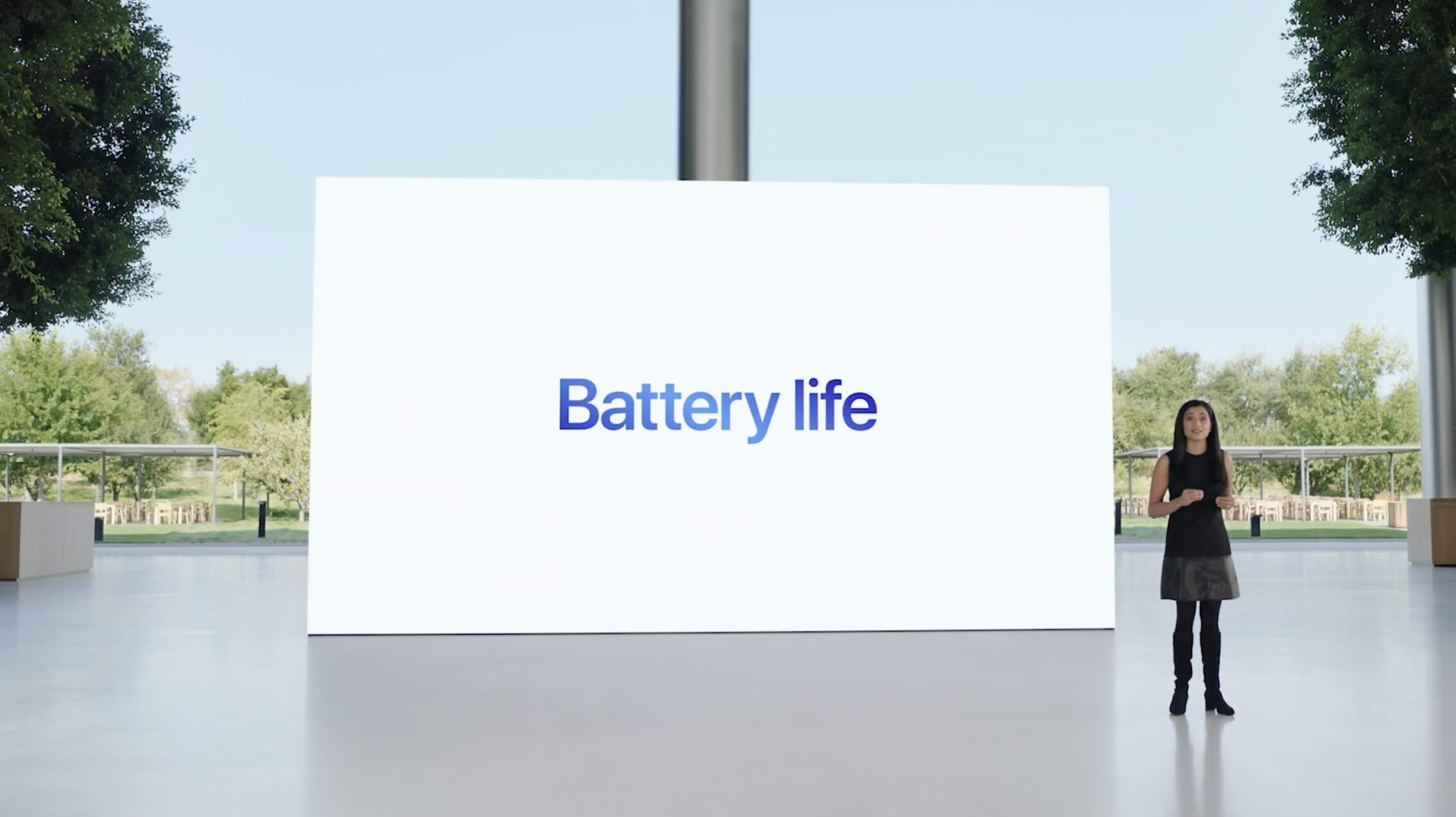Apple’s MacBook line offers impressive performance, and at first glance, the MacBook Air and 13-inch MacBook Pro seem very similar. They have the same CPU/GPU, the same ports, the same FaceTime camera, and more. However, the more powerful 2021 14-inch MacBook Pro might complicate your decision. Let’s take a closer look at the MacBook Air and Pro to understand what sets these MacBooks apart and help you decide what to buy in 2022.
In addition to larger screens, the all-new 14- and 16-inch MacBook Pros feature a redesigned design, mini-LED display backlighting, return of I/O including HDMI, an SD card slot and MagSafe, and no touch screen. Bar.
And of course, they have more power than ever thanks to the M1 Pro and M1 Max chips. If you’re on the edge between a 14-inch and 16-inch MacBook Pro, check out our detailed guide.
But if you know you want a compact 13-inch or 14-inch MacBook, read our detailed Air vs. MacBook Pro comparison. Also, keep in mind that a new MacBook Air is in development, which could arrive as early as summer 2022.
Apple’s initial reaction to the introduction of the new M1 MacBook Air and MacBook Pro at the end of 2020 included bewilderment about the point of continuing to offer both since they seem so similar.
While it’s impressive and somewhat confusing that the base $999 M1 MacBook Air has the same CPU/GPU and neural engine as the $1299 and up M1 MacBook Pro, there are some notable differences worth considering before than to make a decision.
And with the advent of the 14-inch MacBook Pro M1 Pro/Max, the difference has become even greater.
Comparison of MacBook Air and Pro hardware

You get the powerful and efficient M1 chip with 2020 MacBook Air and Pro computers with 4 high-performance cores and 4 high-performance CPU cores. But what’s interesting is that it’s actually the 7-core GPU in base MacBook Air models, not the 8-core GPU in more expensive Air configurations and all MacBook Pro models. My colleague Ben Lovejoy has written an explanation of what’s going on with this.
Aside from the slight difference in GPU, you get active cooling with the MacBook Pro. This is notable because it allows the laptop to maintain high performance for longer under prolonged loads.
For the 14-inch MacBook Pro, you get an M1 Pro or M1 Max chip with extra CPU and GPU cores, more RAM, a Full HD 1080p FaceTime camera, and more.
13″ MacBook Air (2020) 13″ MacBook Pro (2020) 14″ MacBook Pro (2021) Processor M1 – 8-core M1 – 8-core M1 Pro or M1 Max – 8 or 10-core Memory Up to 2TB Up to 2TB Up to 8TB RAM 8GB or 16GB 8GB or 16GB 16GB to 64GB Graphics 7-core 8-core Up to 32-core Neural Engine 16-core 16-core 16-core Camera FaceTime 720p 720p 1080p Speakers Wide sound stereo speakers High dynamic range stereo speakers High quality microphones with 6 speakers 3-mic array 3-mic array studio-quality 3-mic array studio-quality thermal management Fanless Active cooling with fans Active cooling with fans
It may be minor in the big picture, but both MacBook Pro models have a wide dynamic range with stereo speakers and “studio-quality” microphones.
It’s good to see that Wi-Fi 6 supports all models. However, this is just a 720p FaceTime camera on a 2020 MacBook. Apple says it has improved image quality with its image signal processor. But to get a Full HD 1080p FaceTime camera, you’ll need to buy a new 14-inch MacBook Pro.
You’ll see amazing everyday computing performance with all three of these computers, but if you’re leaning towards heavier workflows, the new MacBook Pro is the winner.
If you have medium to light workflows, the MacBook Air is a great choice for portability and for those who are more price sensitive.
Comparison of MacBook Air and Pro displays

If screen brightness is important to you, add another point to the MacBook Pro with its 500-1600 nits brightness versus the MacBook Air’s 400 nits.
The new MacBook Pro’s brightness of up to 1000 nits (peak 1600) may only be for HDR content, but you still get refresh rates up to 120Hz with ProMotion, mini-LED backlighting, and even thinner bezels.
13″ MacBook Air (2020) 13″ MacBook Pro (2020) 14″ MacBook Pro (2021) Actual screen size 13.3″ 13.3″ 14.2″ Resolution 2560 x 1600 2560 x 1600 3024 x 1964 Aspect ratio 16:10 16:10 16:10 + PPI notch 227 227 254 nits (brightness) 400 500 Up to 1000 sustained, up to 1600 peak Retina Display – Liquid Retina XDR Display ProMotion (up to 120Hz) ) Mini LED Backlight True Tone P3 Wide Color
The new 14-inch MacBook Pro display has a notch at the top center of the display for the FaceTime 1080p camera. But, unlike the iPhone, on the newer MacBook Pro laptops, the notch does not include Face ID hardware/support.
I/O comparison between MacBook Air and Pro


The difference between the 2020 Air and Pro with the rest of the I/O not covered above is the Touch Bar on the MacBook Pro and the dedicated row of function keys (also new for dictation, spotlight, etc.) on the MacBook Air.
One downside to the 2020 MacBook is that it only supports one external display up to 6K resolution at 60Hz.
In contrast, the 14-inch MacBook Pro offers a lot more I/O, including 3 USB-C/Thunderbolt ports, HDMI, an SDXC slot, MagSafe, and support for up to 3 external displays.
13″ MacBook Air (2020) 13″ MacBook Pro (2020) 14″ MacBook Pro (2021) Magic Keyboard Touch ID Touch Bar USB-C/ Thunderbolt 2 2 3 HDMI SDXC Card Reader MagSafe Charging Bluetooth 5.0 5.0 5.0 Wi-Fi Wi-Fi 6 (802.11.ax) Wi-Fi 6 (802.11.ax) Wi-Fi 6 ( 802.11.ax) External display support 1 external display up to 6K at 60Hz 1 external display up to 6K at 60Hz Up to 2 external displays up to 6K at 60Hz (M1 Pro) or up to 3 external displays up to 6K resolution and 1 external display up to 4K resolution at 60 Hz (max. M1)
Comparison of size, weight and finish
As you might expect, the MacBook Air is the lightest machine, the 13-inch MacBook Pro weighs a little more, and the 14-inch is naturally the heaviest.
The MacBook Air is also Apple’s thinnest, thinnest laptop. And if you like the gold color, keep in mind that it’s only available with the MacBook Air.
see also

13″ MacBook Air (2020) 13″ MacBook Pro (2020) 14″ MacBook Pro (2021) Weight 2.8 lbs. (1.29 kg) 3 lbs (1.4 kg) 3.5 lbs (1.6 kg) Thickness 0.16-0.63 in. (0.41-1.61 cm) 0.61 in. 56 cm) 0.61″ (1.55 cm) Width 11.97″ (30.41 cm) 11.97″ (30.31 cm) 12.31″ (31.26 cm) Depth 8.36″ ( 21.24 cm) 8.36″ (21.24 cm) 8.71″ (22.12 cm) Display size 13.3″ (33.78 cm) 13.3″ 14.2″ Finish Silver, space gray and gold Silver or space gray Silver or space gray
Battery life comparison

Real-world use shows a significant increase in Apple Silicon MacBook battery life compared to older Intel models. However, keep in mind that you probably won’t see Apple’s accurate ratings until 15-20 hours without compromises like dimming the display, etc.
But in any case, Apple Silicon significantly improves energy efficiency and battery life!
13-inch MacBook Air (2020) 13-inch MacBook Pro (2020) 14-inch MacBook Pro (2021) Wireless battery 15 hours 17 hours 11 hours Video playback 18 hours 20 hours 17 hours AC adapter included 30W USB-C 61W USB-C 67W or 96W USB-C + MagSafe Battery Capacity 49.9Wh 58.2Wh 70Wh Quick Charge 

Price comparison
In different configurations, the difference between a MacBook Air and a MacBook Pro is between $300 and $1,000.
There are 256GB/8GB RAM models and 512GB/8GB RAM models for the 13-inch Air and Pro models. The 16GB RAM models for 2020 Air and Pro are custom-made.
And the 14-inch base model of the MacBook Pro starts at $1,999 with an M1 Pro chip, 16GB of RAM, and a 512GB SSD.
Model/Price 13″ MacBook Air (2020) 13″ MacBook Pro (2020) 14″ MacBook Pro (2021) 256 / 8 GB $999 $1299 – 512 / 8 GB $1249 US $1,499 – 256/16GB $1,199 $1,499 – 512/16GB $1,399 / $1.9 16GB $1,599 $1,899 $2,499 1TB/32 GB – – $2,899 Custom builds Up to $2,049 Up to $2,299 Up to $5,899
Comparison of MacBook Air and Pro
I hope now you understand which MacBook is right for you. If you value maximum power, active cooling for continuous heavy workloads, a brighter screen and more ports, the MacBook Pro is the way to go.
Meanwhile, if you have light to medium performance needs and prefer the lightest machine with the longest battery life, the MacBook Air is the choice, starting at a really reasonable price of $999.
But don’t forget about the possibility of an updated MacBook Air in the coming months. If you know you want the Air but don’t need it immediately, it might be worth waiting to see if a new model arrives this summer or fall.

Reading now
The post Comparison of MacBook Air and Pro, which is better to buy? appeared first on Gamingsym.
